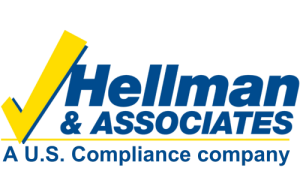Inspection of rigging slings is the responsibility of all employees engaged in crane/hoisting operations. Identifying damaged rigging may save lives and prevent damage of more equipment. Rigging should only be done by craftsmen who have had training in the use of tools and equipment used for moving of material on a job site. If untrained employees perform rigging operations, they may overlook some of the specific hazards associated with improper rigging or use rigging that may be damaged. Any employee that is aware of damaged rigging, i.e. wire rope, synthetic slings, chains, hooks, shackles, etc… should report them to the person in charge of the operation immediately.
- Here are a few safety tips that should be followed by anyone involved in the inspection of rigging:
- Six randomly distributed broken wires in one lay of wire rope, or 3 broken wires in one strand in one lay.
- Wear or scraping on one-third the original diameter of the wire rope on the outside individual wires.
- Kinking, crushing, bird caging, or any other damage to the wire rope structure.
- Cuts, tears, or burns in synthetic slings or ropes.
- End attachments that are cracked, deformed, chaffed, or split.
- Indications of heating of wire rope, shackles, hooks, or chain.
- Significant corrosion of the sling, wire, chain, or end attachments.
- Missing safe working load (SWL) or identification tags.
- Hooks that have been opened more than fifteen percent of the normal throat opening measured at the narrowest point, or twisted more than ten degrees from the plane of the unbent hook.
Slings should be immediately removed from service if any of these conditions are present. They should then be tagged as “Out of Service” and taken in for repair or destroyed completely if they cannot be repaired by a competent person.
Do not allow anyone to walk under a suspended load – ever!
Do not take chances with damaged rigging. The life you preserve may be yours or – your co-worker’s!
